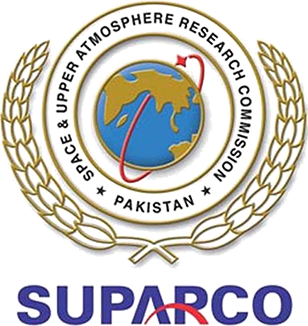Pakistan is set to launch its first advanced hyperspectral satellite next month, a move expected to revolutionize mineral exploration and significantly expand the country’s capacity in agriculture, forestry, wildlife, flood monitoring, glacier melt, air pollution, and smog research.
Chairman of SUPARCO, Muhammad Yousaf Khan, said the hyperspectral satellite, scheduled for launch in October, will detect different wavelengths of light reflected from the Earth’s surface, providing precise data on minerals, vegetation, soil, and water quality. “Surveys that previously required years and cost millions can now be completed in just days and at a fraction of the expense. This advancement will enable Pakistan to independently map its mineral reserves and pave the way for more efficient use of natural resources,” he noted.
Speaking at the inaugural session of a five-day ASNET training workshop in Lahore, Yousaf Khan highlighted Pakistan’s growing stature in space sciences. “Pakistan is not only playing a leading role among the member states of the OIC but is also achieving remarkable progress in space and satellite imaging,” he said.
The workshop, running from September 22 to 26, brings together participants from Iraq, Senegal, Libya, Türkiye, and Tunisia. It focuses on web GIS development using open-source technologies, enabling experts to integrate satellite data into practical applications across sectors.
Dr. Muhammad Mansha, head of web applications development at SUPARCO, underlined the importance of this training. “The use of open-source technologies for web GIS is a fundamental need of the present era. Such training will allow experts to integrate sectoral data with satellite imagery to create applications useful for agriculture, environmental monitoring, and disaster management. This technology will empower researchers and policymakers to make decisions that are both timely and evidence-based.”
He explained that hyperspectral imagery captures hundreds of spectral bands in every pixel, far exceeding the detail of conventional satellite imaging. Globally, the technology is applied in environmental monitoring, species identification, and pollution control. While Pakistan already operates remote sensing satellites for agriculture and disaster management, the upcoming hyperspectral satellite is expected to multiply these capabilities many times over.
International participants noted that the Lahore workshop is not only enhancing technical skills but also fostering collaboration and innovation. SUPARCO officials expressed confidence that Pakistan, through this program, will consolidate its standing in advanced space technologies and emerge as a regional model.




